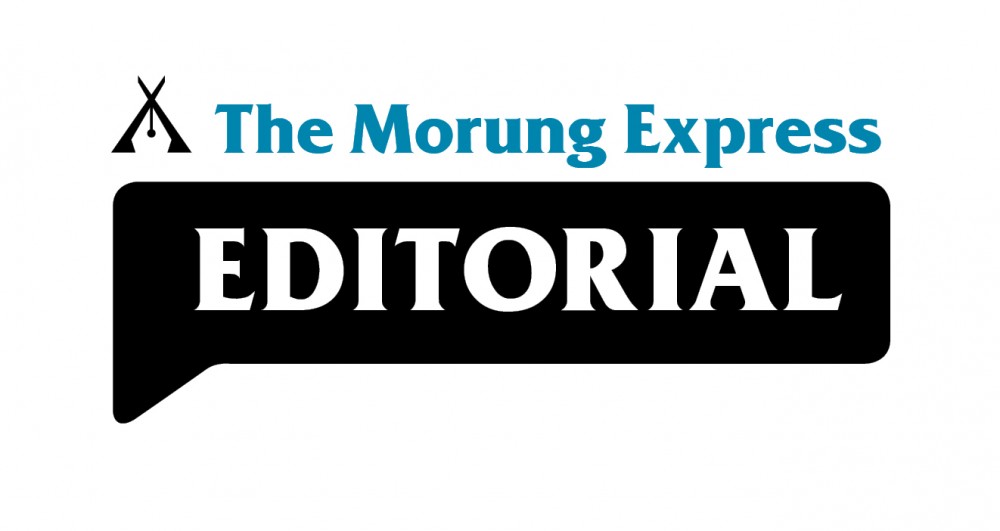
Imlisanen Jamir
Despite the much-touted push by the government to improve healthcare in the State, especially since the COVID-19 pandemic, data from the Central Government indicates that much remains to be done, particularly in rural parts of the State.
The Rural Health Statistics 2020-2021 released by the Ministry of Health and Family Welfare last month throws up a staggering data for Nagaland. According to the report, as of March 21, 2021, there is a 91.66% shortfall of requirement in terms of the required number of specialised doctors at 21 Community Health Centres (CHCs) in Nagaland.
A CHC is required to be manned by four medical specialists i.e. Surgeon, Physician, Obstetrician/Gynaecologists and Paediatrician, supported by paramedical and other staff as per the Indian Public Health Standards (IPHS).
According to the report, while specialist doctors at CHCs have increased from 3,550 in 2005 to 4,405 in 2021, there was a shortfall of 79.9% specialists at the CHCs as compared to the requirement. Further, when compared to the requirement for existing infrastructure, there is a shortfall of 83.2% of Surgeons, 74.2% of Obstetricians & Gynaecologists, 82.2% of Physicians and 80.6% of Paediatricians.
In addition, there was shortfall of 16 Radiographers, 35 Pharmacists, and 11 Laboratory Technicians at Primary Health Centres (PHCs) and CHCs in Nagaland. One positive revelation though was the fact that there was no shortfall of General Duty Medical Officers (GDMOs) at CHCs in the rural areas in the State.
In stark contrast however, the report showed that while there were shortages of other health professionals, there was no dearth of Auxiliary Nursing Midwives (ANMs) well as nursing staff at SCs, PHCs & CHCs in rural areas.
The quality of health care services in rural Nagaland matters because it reflects the extent to which investments in state health care systems are able to raise both human capital and individual welfare. Efficient and accountable health care systems provide good returns on such investments. Moreover, in the long term, the quality of health care matters more to improving health outcomes than increases in health care spending.
Increased spending on education and health programs alone is not the answer; quality and equity of spending are equally important. In this context, improved governance, more robust accountability mechanisms, and effective expenditure management are required to raise the quality of education and health services and improve health access especially in remote areas.
Moreover, problems of physical accessibility and transportation for rural communities are also a major barrier to medical care, and so efforts to ensure greater accessibility by improving road or transport options to sub-centres, PHCs, or CHCs must be taken.
It is clear that a variety of shortcomings play into the inefficacy of our rural public health infrastructure, policies, and management. These shortcomings require rapid remedy on the part of the government, NGOs, and the private sector.
It has been routine for the State to only respond to agitations and when matters are taken to court; sometimes not even then. In the aftermath of the pandemic, realisation dawned upon us about the sorry state of our healthcare systems.
Granted, decisions were taken, policies were adopted, medical colleges were announced and one started being built. For now though, it is the always neglected that still suffer. Announcing things is relatively easy. It is implementation which has always been a challenge irrespective of the sector in a State like ours.
Comments can be sent to imlisanenjamir@gmail.com






